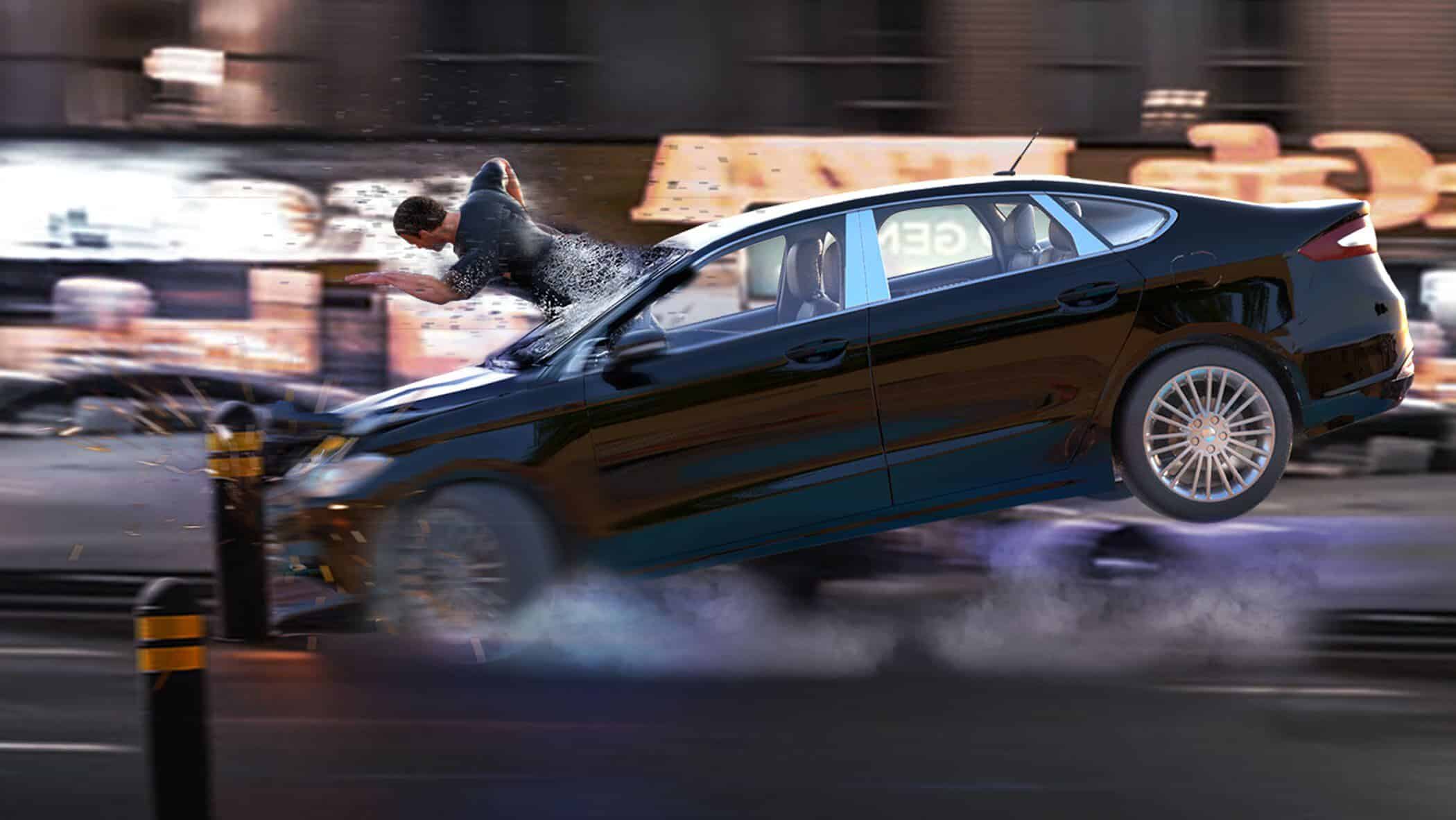Computer animations have become a valuable tool for lawyers in courtrooms around the world. From helping to explain complex technical concepts to providing jurors with a vivid picture of an event, computer animation can be used to bring key evidence to life and make a powerful impact on any courtroom.
A survey by the American Bar Association (ABA) found that jurors are often confused, bored, frustrated, and/or overwhelmed by technical issues or complex fact patterns. In addition, other research indicated that the attention span of the average juror is seven minutes. Evidently this exemplifies the need to minimize protracted descriptions that use charts and diagrams alone. Computer animation is fast becoming an increasingly important visual aid in courtroom situations. It allows complex data about a sequence of events involved in a court case to be visualized before a jury who may have little or no understanding of established forensic procedure or methodology.
Computer Technology
Noond et al(2002) in their publication on “Visualising The Scene: Computer Graphics and Evidence Presentation” explained that “computer graphics refers to a suite of computer applications that can be used to produce images and animations. It utilizes numerical three-dimensional (3D) models of real-world objects to create artificial environments. Computer technology is employed to build an animation of these environments frame by frame (a series of still images), that, when played back in quick succession, create an experience of space, motion and time”.
Thus, computer animation has been used to depict various cases including criminal and civil cases at trial. It has been argued that, nationally, computer animations are mostly used in criminal cases, and only a handful of times has it been used in criminal cases. An example of one of its use in criminal cases is the case ofPierce v. State
Hit-Run: Pierce v. State
A 53-year-Old man, Kenneth Pierce who has had 20 prior convictions in the last 35 years was charged with vehicular homicide, leaving the scene of an accident with death, tampering with evidence, and driving with a suspended license. This was a case that involved three children walking home through a residential neighborhood in Dania, Florida, who were hit by a pickup truck driven by Pierce, resulting in the death of the six-year-old child and serious injuries to the two other children.
During the court trial, computer animation was used to illustrate how Pierce used his pickup truck to murder a 6-year old and injure two other kids. While there was an objection from Pierce’s attorney on the usage of the computer animation, the expert investigators on the case maintained that the computer animation accurately depicted the accurate height and angle of how the victim of the homicide was struck. Pierce was convicted and sentenced to a total of sixty years in prison.
Fox Animated Engineering will accurately illustrate events: Vehicular Cases, Medical Cases, Construction Cases and Intellectual Property Cases. Click here to reach out to our team.





